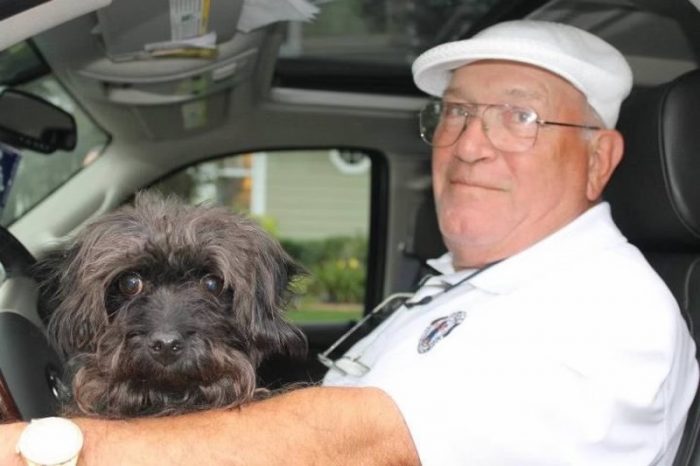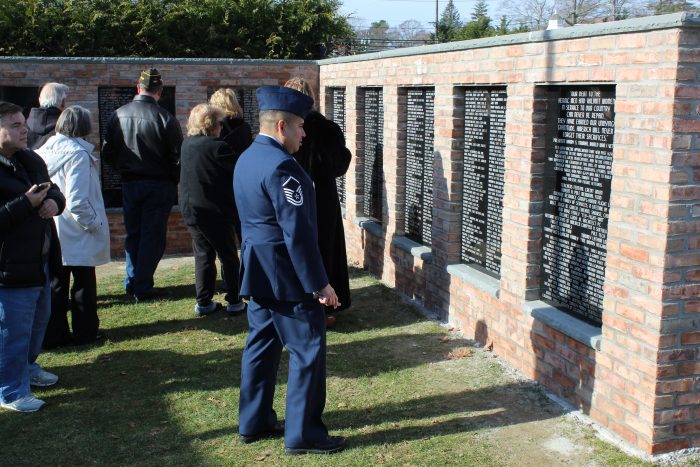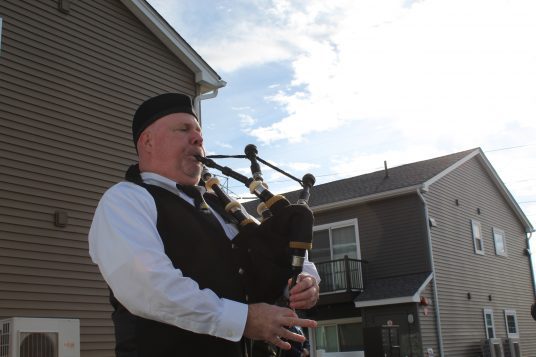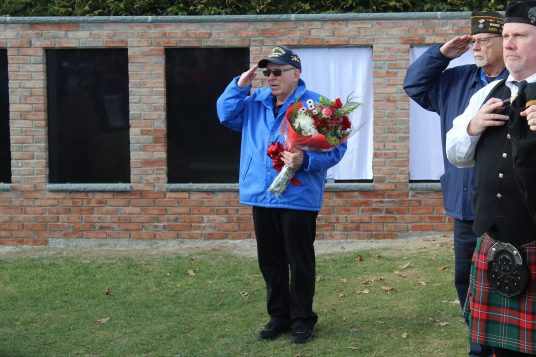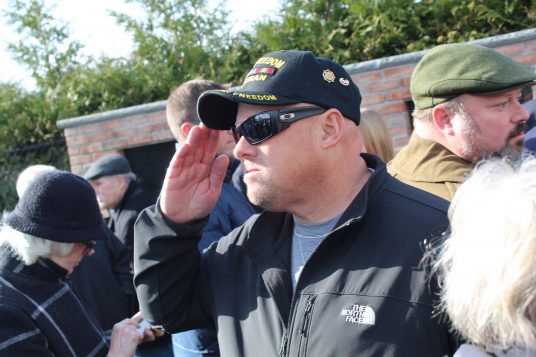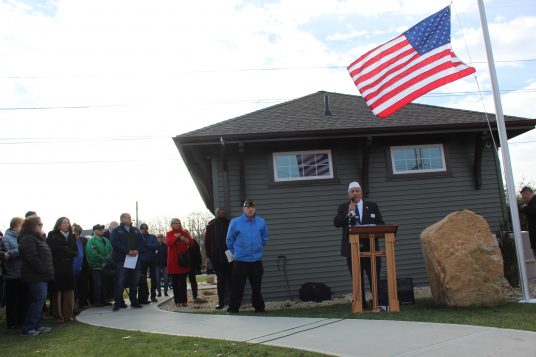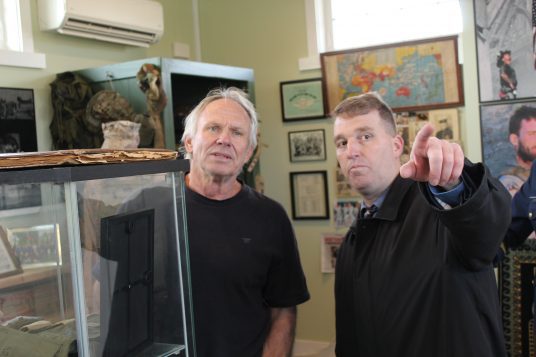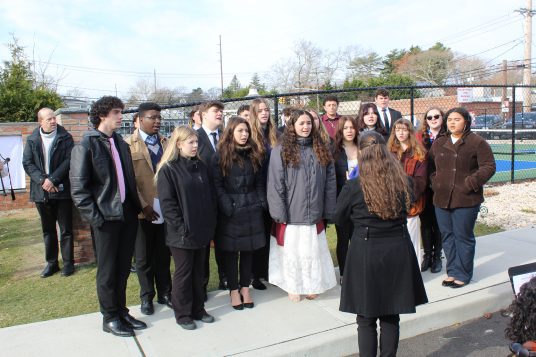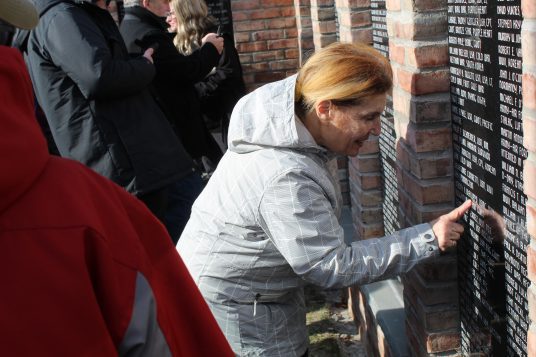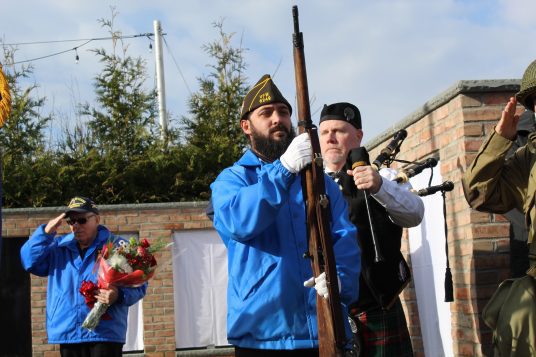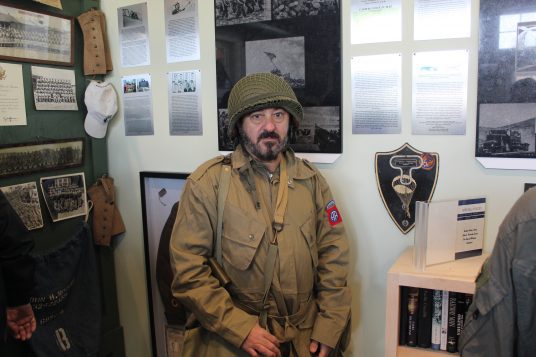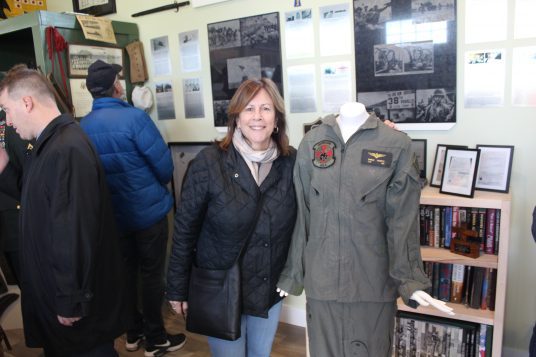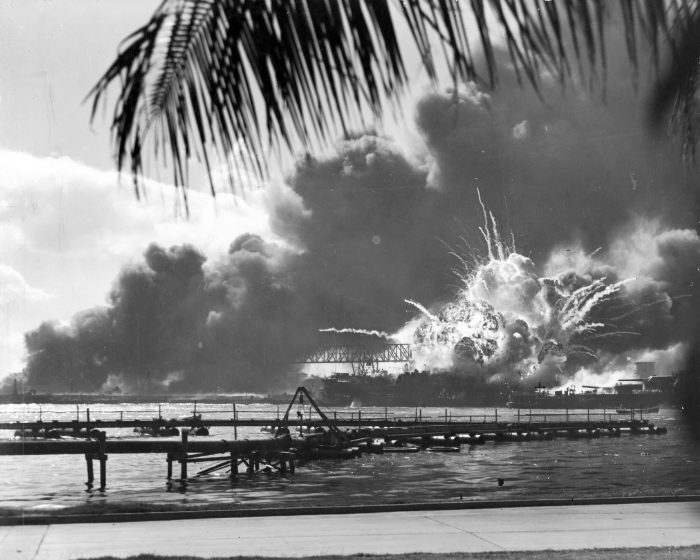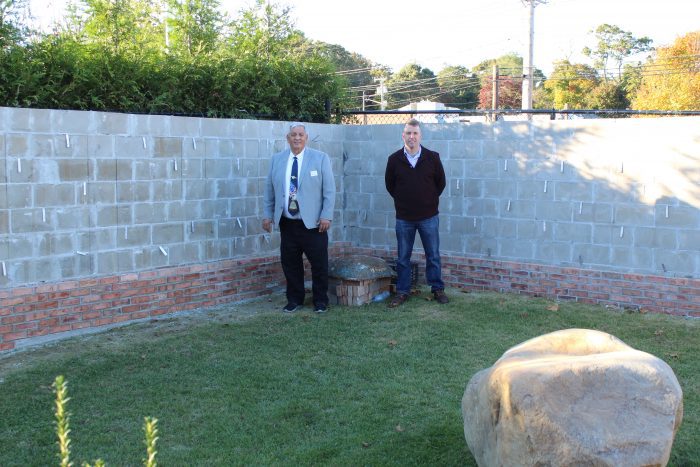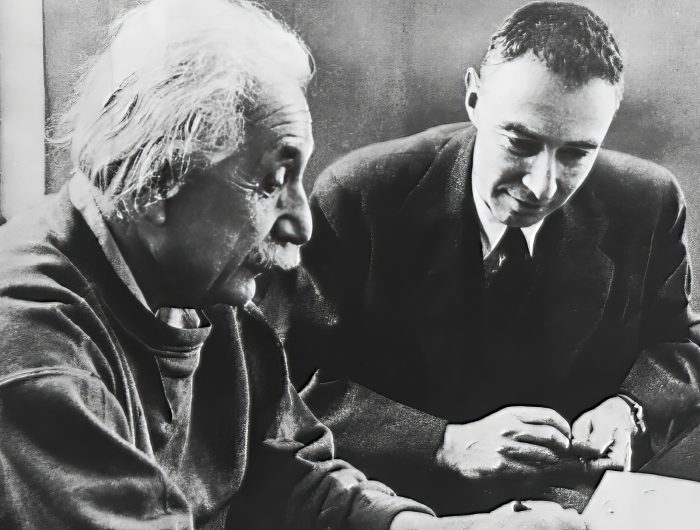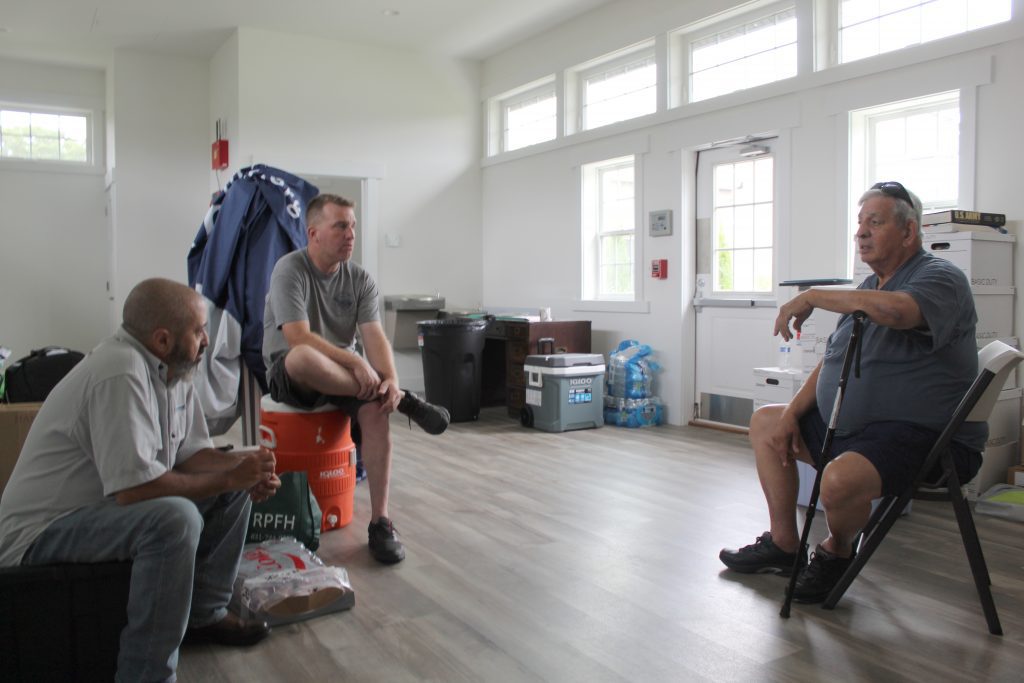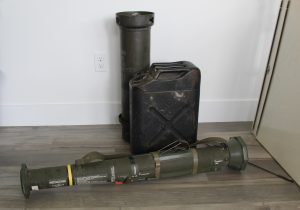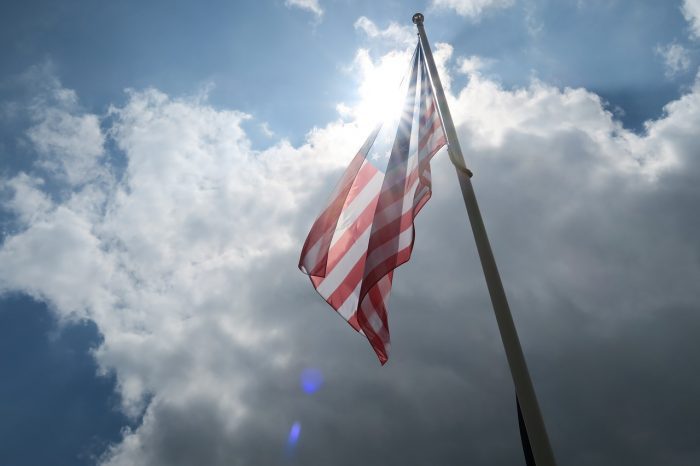Prepared by Rich Acritelli
On Feb. 1, Port Jefferson resident and longtime business leader Richard Angelo LoNigro Sr. passed away. LoNigro was born in Brooklyn on April 22, 1942. As a young man, LoNigro flourished on the baseball diamond as a catcher at Carey High School in Franklin Square. After graduating in 1960, LoNigro enlisted in the U.S. Navy and served on the USS Tanner. The following year, LoNigro married his sweetheart Priscilla, beginning their long life together.
LoNigro had an impressive tryout at Yankee Stadium, where he hit two home runs into the outfield bullpen. After playing at spring training for the New York Yankees in Fort Lauderdale, Florida, LoNigro ended his baseball career and headed back to Long Island. However, for years, he was a baseball scout for the New York Mets. At first, he supported his growing family of three children as a delivery driver for Tip-Top Bread in Garden City.
In 1966, the LoNigro family of 12 children became longtime residents of Selden. Five years later, LoNigro started what became Port Jefferson Sporting Goods. LoNigro eventually was meeting the diverse sporting needs of individuals, teams, and schools from Montauk to New York City. His store had a thriving front end that stocked Nike and Adidas merchandise, college and professional team hats, sporting equipment, and a full wall of sneakers for every type of sport.
Through the support of his children LoNigro built this store into one of the top-10 sporting goods organizations in the United States. Tirelessly working almost seven days a week, he was recognized for his success by companies like Rawlings with the Silver Glove award that was bestowed on a limited number of sporting businesses.
LoNigro was a citizen who gave back to his community by helping the earliest functions of St. Gerard Majella R.C. Church in Port Jefferson Station.
Longtime St. Anthony’s High School athletic director, Donal Buckley, marveled at the energy that LoNigro presented in running his business and helping others. Buckley recalled the presence of LoNigro “to be a key contributor in moving a religious grotto from Smithtown to Huntington Station. He supported numerous fundraiser events for this school and was beyond fair when purchasing team uniforms.”
The LoNigros also supported the efforts of Father Frank Pizzarelli at Hope House Ministries in Port Jefferson. He worked on its board to help the vital efforts of caring for children who faced hard times through its mission statement that “Every life is Sacred.”
LoNigro was a legendary local figure who had an unyielding ability to help others through a multitude of various charities. The Suffolk County Police Athletic League presented LoNigro as their Man of the Year in 2000. Moreover, in 2016, the Suffolk Sports Hall of Fame thanked him as one of the original board members to recognize the finest athletes from this area and the contributions that they made to their own communities. LoNigro was an avid golfer who loved the sport and enjoyed playing with his friends. LoNigro and Priscilla liked their time at Myrtle Beach, South Carolina, and attending the multiple events and accomplishments of their 26 grandchildren, nine great-grandchildren and one great-great-grandchild.
Long Island has lost an iconic person who was an American success story that worked his way up from humble beginnings and became a notable business leader. LoNigro’s store represented a simpler time years ago that saw an owner know his customers who spent decades shopping at this special establishment. He set an important bar of excellence to stand behind numerous causes that made Long Island a better place. Thank you to Richard A. LoNigro and his family for their decades of humanity toward the vital needs of their fellow citizens.

